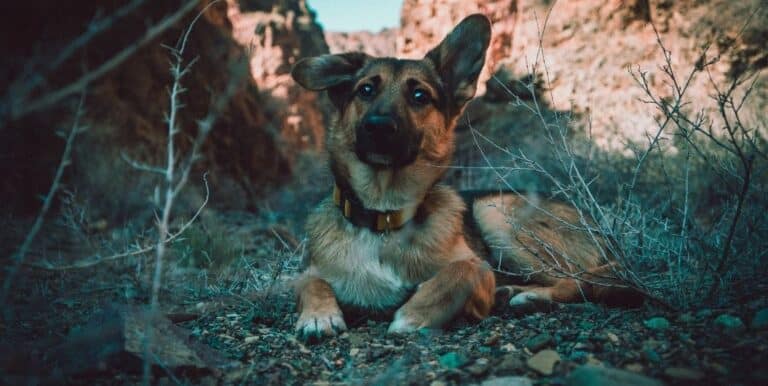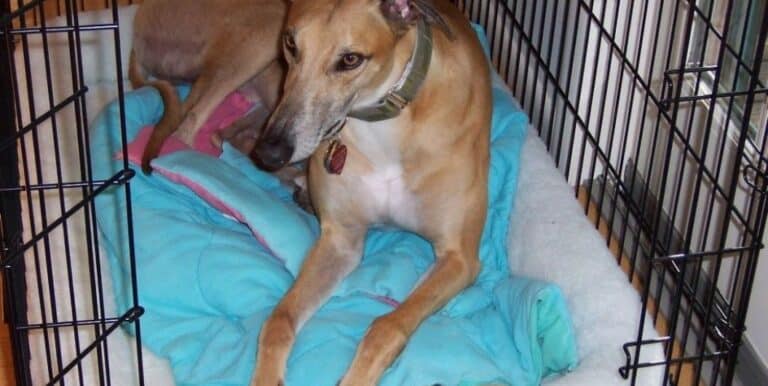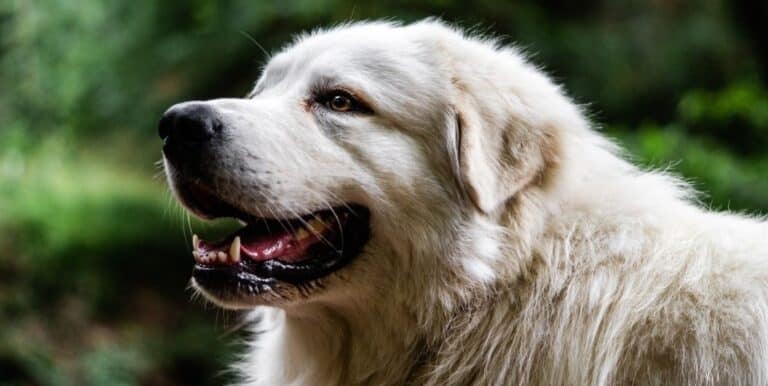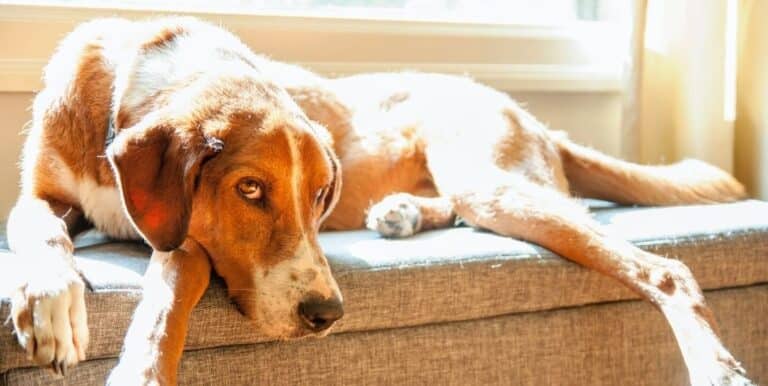How do I Paper Train a Dog?
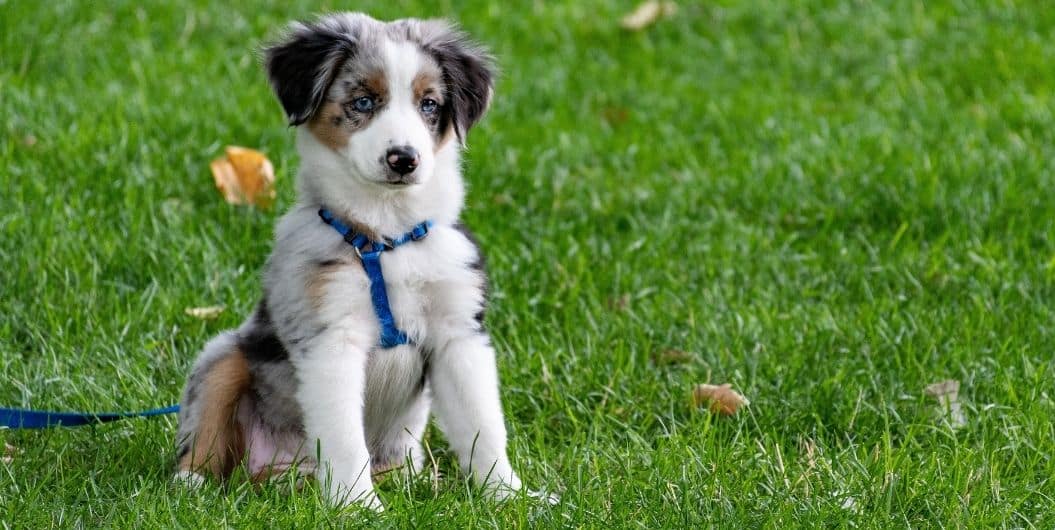
When you get a young puppy, the best method for promoting good bathroom habits is to paper train the dog. Most puppies will not be considered reliable in this area until they are about six months old. They are rather like young children, and should never be blamed or scolded for the inevitable puppy mistakes that will occur all over your house.
To reduce accidents, you can reasonably count on the puppy needing to “go” about every half hour to 45 minutes. They will especially need to go after playing, eating, and sleeping. Therefore, the first step to train your puppy is to establish an area in the home, perhaps without carpeting, where the puppy can go without causing a mess.
Once you have established a puppy safe, paper training area, perhaps a laundry room, be sure access to the room is blocked off. This can easily be accomplished with a baby gate, which is preferable to shutting the door, because you can still see the puppy. Line the entire area with several layers of thick paper. Newspaper is best, but remember not to recycle soiled newspaper.
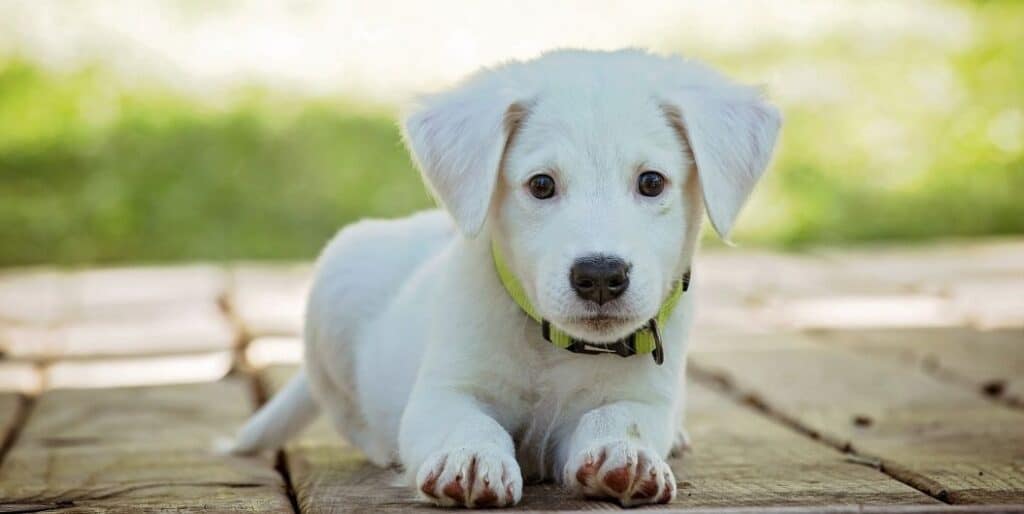
To make the process easier, some puppy toys, food and water, and a puppy bed should be kept in the papered area. When at home with the dog, if you are playing with it in other areas of the house, be sure to return it to the training area about every half hour. Don’t punish mistakes, but instead lavishly reward the puppy with attention whenever it is able to urinate or have a bowel movement on the paper.
To avoid accidents when you cannot keep close watch, always put the puppy in the area before bedtime or if you have to leave the home. Don’t be surprised in the early stages if the puppy chews, rips or moves the paper. It is in the nature of puppies to explore. You might consider co-training the puppy, by only allowing chewing in the paper training room, as this will help reduce the urge of the mature dog to destroy your furniture.
With close attention, the puppy will soon begin to associate elimination on the paper with positive reward. When the puppy consistently is able to go on the paper, and generally chooses a specific location for its bathroom activities, it is time to move forward with the paper train process. Choose the area farthest from the puppy’s favorite elimination spot and remove about 1 inch (2.54 cm) of the paper. The goal is about 1 inch a week.
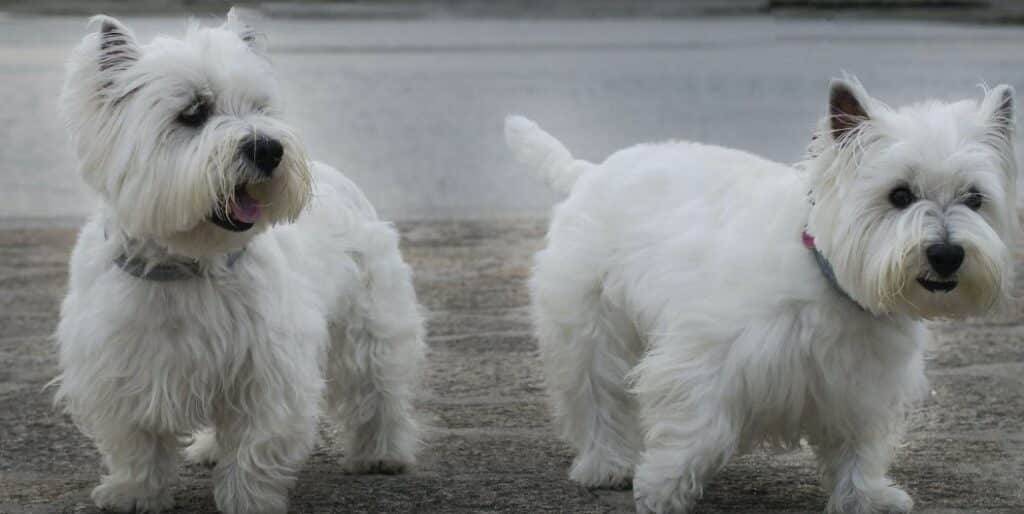
If the puppy uses the unpapered area, you have worked the process too quickly and should repaper. When the puppy understands and does not eliminate in the unpapered area, you can continue reducing the paper bit by bit as the weeks continue. Rewards should be given each time the puppy is successful to continue to associate paper with elimination.
As the puppy matures, stagger positive reinforcement. The puppy needs to learn elimination should not only occur when one expects a result. If the puppy begins to err, add more praise, but as it consistently eliminates on the remaining paper, praise can be reduced.
Once the paper is gone, you may want to paper a small section of yard to reinforce that outside is really the best place for elimination. You may wish to introduce paper earlier on walks so the puppy does not always consider your house as the best bathroom site. Again, the dog should be well praised during the outside training process.
By about six months, your puppy will have completed the paper training and be fairly reliable and less prone to accidents. The more active your role in the process, the quicker your puppy will learn, and the less your home will suffer. One proviso, however, is to not leave newspapers on the floor after you have completed the training. These are too much of an invitation to a paper trained dog.

